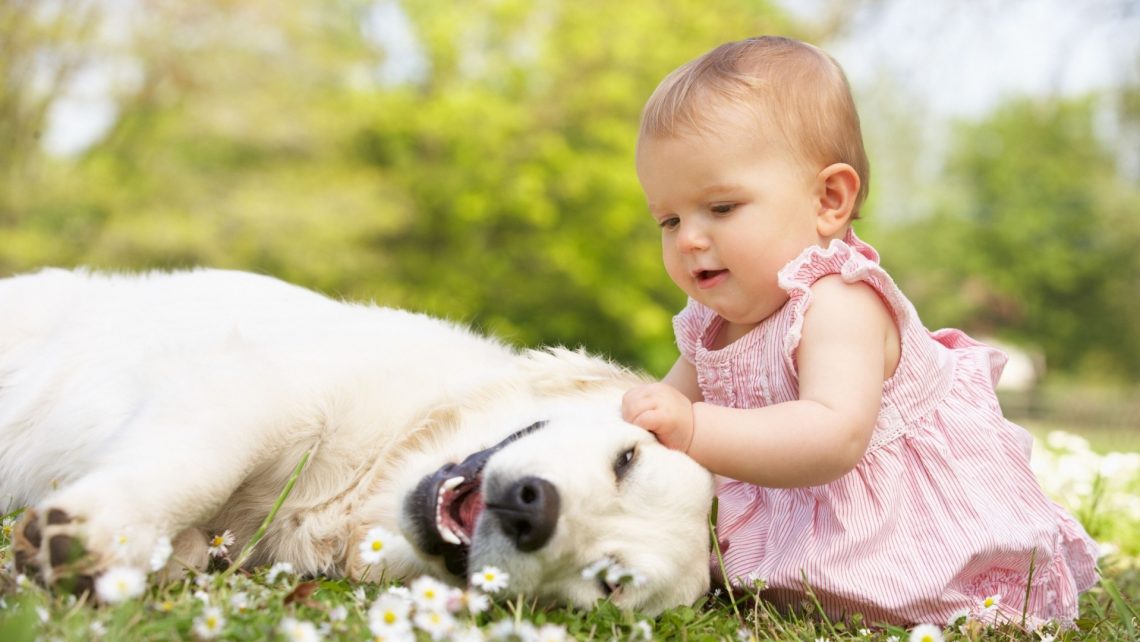Many would agree that having a pet is great for children’s growth and intellectual development. Most children dream of having a cat or a dog.
But what if a child has allergies? If their children suffer from allergies, parents will often go out of their way to keep them away from animals.
Recent studies indicate that children who are given early contact with animals may, actually, help prevent allergic reactions as the child ages.
Animal dandruff
Many people think it is dogs’ or cats’ fur that causes the allergic reaction in humans. However, the cause is due to a higher sensitivity to the pet’s protein (allergen) present in saliva and in dandruff. Dandruff adheres to the animal’s hair and spreads when the animal sheds its coat. Those who are sensitive to the protein will have a reaction.
Hypoallergenic breeds
There are some breeds of dogs and cats whose production of dandruff, as well as coat shedding, is reduced. These animals are referred to as hypoallergenic breeds. There is no dog or cat 100% free of these allergens, but there are some breeds that are least likely to cause allergic reactions.
Choosing the right pet
- The animal should be a little to no shedding breed and be small in size. The smaller the body area, the smaller the amount of allergens present.
- Some “hypoallergenic” dog breeds include the Portuguese Water Dog, the Poodle, the Schnauzer (all sizes, although the most suitable would be the Miniature Schnauzer), Bichon Frize, and hairless breeds such as Chinese Crested Dog.
- Since cats clean themselves by licking their body, there is a greater chance of spreading allergens. Some breeds produce smaller amounts or are hairless like the Sphynx. Other breeds have hair but shed very little, like the Rex (Devon Rex, or Selkirk Rex), for example.
Minimize adverse reactions
- Daily hairbrushing (if not hairless) is important and should be done by someone without allergies, preferably outside, to prevent dead hair and dandruff from spreading around the house.
- Prevent the animal from entering certain areas of the house, such as the child’s bedroom. This will avoid animal hair and saliva on the bed, minimizing reactions.
- The child’s pediatrician should give an opinion on what is or isn’t acceptable for the child. Each case is different and, in some extreme situations, it may not be advisable for the child to have animal contact. No one is better than the doctor who follows the child to help make the decision.
Take it slow
Find breeders or someone who owns your preferred breed. Make arrangements with them for you and your child to visit and observe. This way, you can determine whether or not there are any adverse reactions before permanently introducing them into you home.
Hypoallergenic breeds are not guaranteed to not cause allergic reactions, but they are far less likely. That said, having a dog or cat is always a great joy to the child and for the whole family!
Author: Lúcia Vale Matias, MDV



Leave a Comment